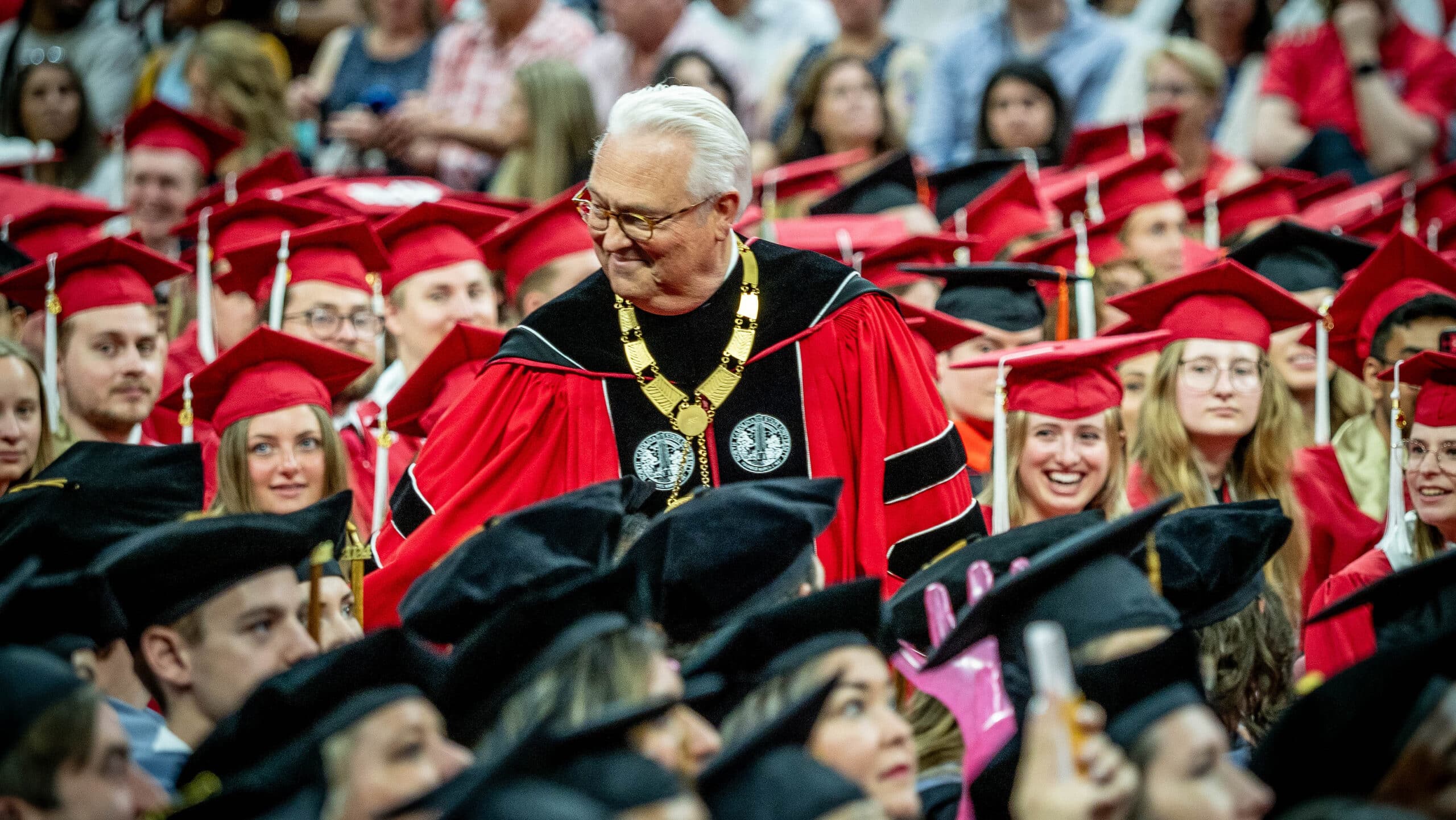Students build landscape legacy
The NC State campus is an ever-changing thing, seeing off thousands of graduates and taking in thousands of new students each year.
In that constantly shifting environment, the opportunity to make a tangible, permanent impact can be rare. Such an opportunity has presented itself to students in NC State’s landscape architecture program, and they have made the most of it.
Over the last two years, Andrew Fox, assistant professor of landscape architecture in the College of Design, and his Landscape Architecture 500 class have remade areas around Syme and Turlington halls. They’ve done it by designing and executing landscape projects that are both beautiful and manage stormwater runoff around the Central Campus residence halls.

Working with University Housing, Fox’s students designed and installed a rain garden outside Syme Hall in May 2010. After the success of that project, the class and Housing partnered to design a five-year plan for similar efforts elsewhere. Fox’s spring and summer 2011 classes undertook the first of those projects: the Artist’s Backyard, a “pocket park” between Turlington and Owen halls.
The students crafted the master plan during the spring semester and spent the first five weeks of summer school planning and researching. That led to a five-week sprint to build the first phase of the Artist’s Backyard, starting in July. The 18 students often put in 10- or 12-hour days paving, planting and installing benches, Fox said.
For many of the students, the Artist’s Backyard was their first experience shepherding a landscape design from conception to completion, said Jacqui Harris and Caroline Tilley, who were in the class. The project gave them valuable real-world experience.

“We did some things that I hadn’t done previously,” said Harris, who is on track to graduate with a master’s of landscape architecture (MLA) in May 2012. “So, now I can think about concrete in a different way, and I can think about metal in a different way. I can use different materials that I maybe wouldn’t have been able to use before.”
Tilley said she learned about overcoming unexpected obstacles while working on the project. Earlier this semester, for instance, she had to rethink the runnels – metal channels that guide runoff underneath drainage grates – after a truck ran over a grate and did serious damage to it. New runnels, better suited to bear weight, should be installed soon.
“As students and potential hirees, we’ll have a little more credibility, I think, having this background,” said Tilley, who also plans to graduate with an MLA next May.
Future phases of the project will expand the Artist’s Backyard and add gardens next to Owen Hall, which is adjacent to Turlington. As with the Syme and Turlington projects, the goal is to use low-impact design principles to build ecologically friendly, attractive common areas around the dormitories, Fox said.
The project meets three prongs of the university’s mission, Fox said: education, outreach and, eventually, research. The Artist’s Backyard should provide opportunities to study stormwater movement in an urban setting, Fox said.
The joint effort with University Housing also allows the students to leave their footprint on campus. Fox said the possibility of leaving a legacy was a major motivator for the class.
“When you’ve been a part of this and you’ve done so well, no one can take it away from you,” Fox said.
The university has benefitted, too, said Tim Luckadoo, associate vice chancellor for Student Affairs.
“It really fits in with what we want to do in terms of living and learning,” he said. “We want our students who live on campus to learn in and explore their surroundings.”
- Categories:


